Ideas for desert flower beds
Kelii00
10 years ago
Featured Answer
Comments (19)
lazy_gardens
10 years agolast modified: 9 years agoKelii00
10 years agolast modified: 9 years agoRelated Professionals
Beavercreek Landscape Architects & Landscape Designers · Richmond Heights Landscape Architects & Landscape Designers · East Patchogue Landscape Architects & Landscape Designers · Burien Landscape Contractors · Edinburg Landscape Contractors · Hoffman Estates Landscape Contractors · Long Beach Landscape Contractors · Oak Harbor Landscape Contractors · Panama City Beach Landscape Contractors · Pompano Beach Landscape Contractors · Roseville Landscape Contractors · Sun City Center Landscape Contractors · Twin Falls Landscape Contractors · Vineyard Landscape Contractors · Forest Hill Landscape Contractorswanna_run_faster
10 years agolast modified: 9 years agoKelii00
10 years agolast modified: 9 years agodzejna
10 years agolast modified: 9 years agoKelii00
10 years agolast modified: 9 years agodzejna
10 years agolast modified: 9 years agoCentral_Cali369
10 years agolast modified: 9 years agovioletwest
10 years agolast modified: 9 years agoKelii00
10 years agolast modified: 9 years agovioletwest
10 years agolast modified: 9 years agoKelii00
10 years agolast modified: 9 years agoKelii00
10 years agolast modified: 9 years agoCentral_Cali369
10 years agolast modified: 9 years agoKelii00
10 years agolast modified: 9 years agoCentral_Cali369
10 years agolast modified: 9 years agoKelii00
10 years agolast modified: 9 years agoKelii00
10 years agolast modified: 9 years ago
Related Stories
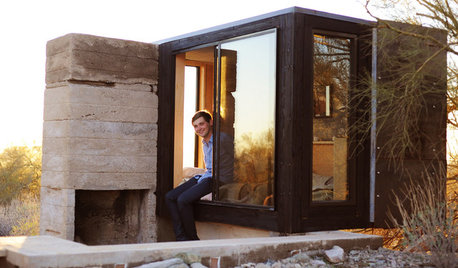
SMALL HOMESHouzz Tour: A Student's Bed-Size Shelter in the Arizona Desert
Could you sleep in such a small space just above the desert floor? One Taliesin architecture student at a time does just that
Full Story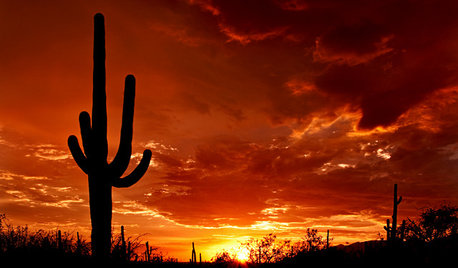
GARDENING GUIDESMeet the Mighty Saguaro of the Desert Landscape
You’ve seen its form in films, on souvenirs and much more. Now get to know this iconic cactus of the Sonoran Desert
Full Story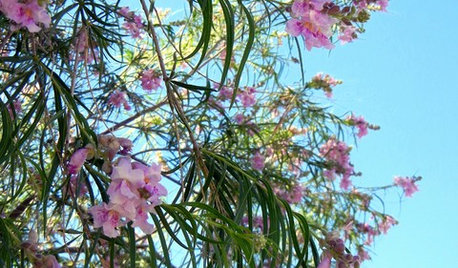
LANDSCAPE DESIGNGreat Design Plant: Paint the Summer Landscape With Desert Willow
If the vibrant flowers of this Southwestern native tree don't blow you away, the hummingbirds, fire resistance and low maintenance will
Full Story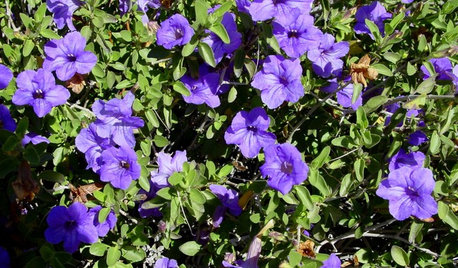
GARDENING GUIDESGreat Design Plant: Desert Ruellia Brings Beauty to Dry Gardens
Abundant purple flowers and bright green foliage would make this shrub a winner even without its unthirsty ways
Full Story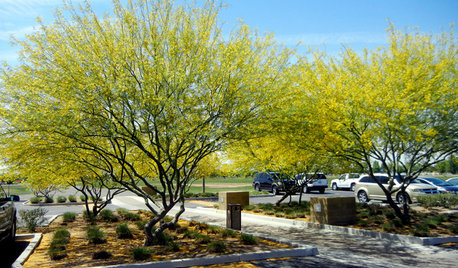
TREESGreat Design Plant: Desert Museum Palo Verde Offers a Colorful Canopy
Rising above others with its long bloom time, artful vase shape and lack of thorns, this tree is great for casting filtered shade
Full Story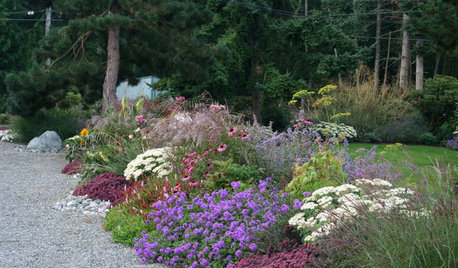
MOST POPULARHow to Design a Colorful Flower Bed
Fall planting: Delight the eye through 3 seasons with bright flowers placed just right. Late summer is the time to plan
Full Story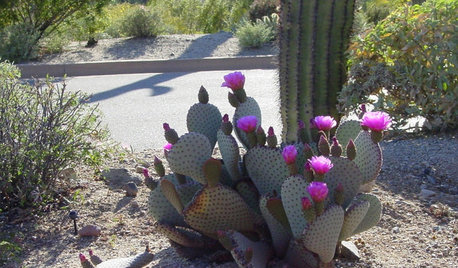
GARDENING GUIDES8 Cactuses Bring Spring Flowers to Dry Gardens
These prickly desert plants transform in spring with the arrival of their colorful blossoms
Full Story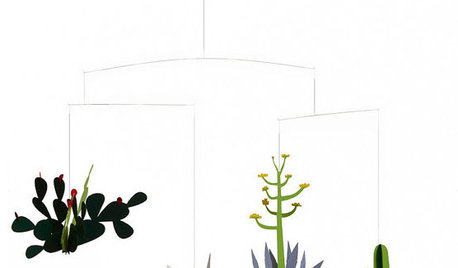
PRODUCT PICKSGuest Picks: Desert Beauty for the Baby's Room
Combine a desert-cactus motif with playful shapes and colors, and watch your nursery bloom
Full Story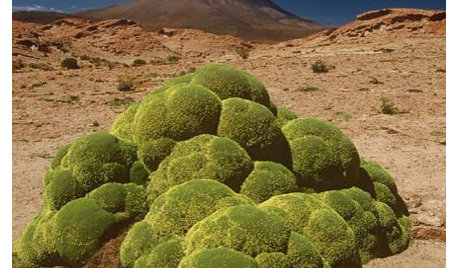
LANDSCAPE DESIGNLet Nature Inspire Your Landscape: Devise a Desert Garden
Looking for the ultimate low-maintenance plant picks? Nature is way ahead of you
Full Story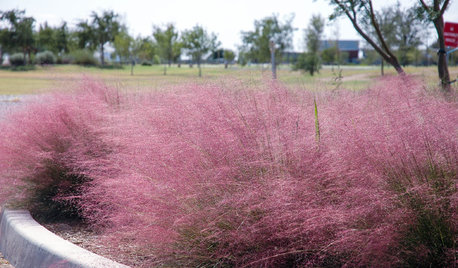
NATIVE PLANTS10 Top Plants Native to the Desert Southwest
Get a thriving garden despite unforgiving conditions with these tough, unthirsty, sun-loving beauties
Full StorySponsored











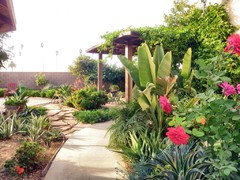
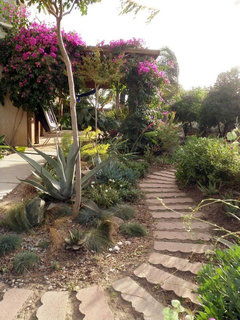


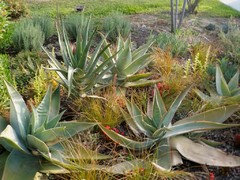


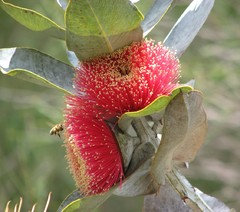

Missred1